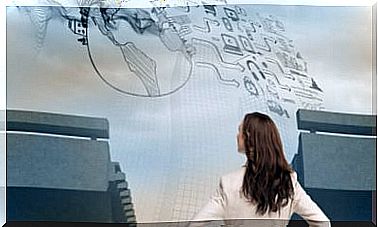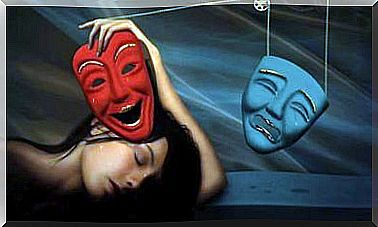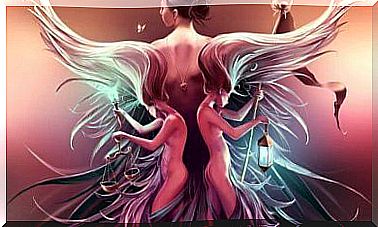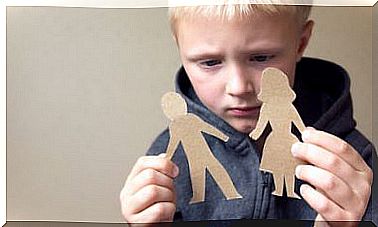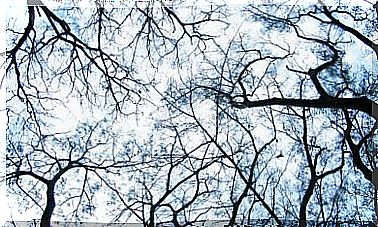Pseudoperceptions: What Are They And Why Do You Experience Them?

Pseudoperceptions are common and mostly non-pathological phenomena that many of us have experienced at some time. An example of this is the classic image that suddenly arises in our mind when we fall asleep and that soon causes a start in us. Pareidolias – or attributing to a specific stimulus such as a leaf, the shape of a face that looks at us – are other related facts.
It should be noted that beyond the anecdotal or even the ironic of these situations, they always arouse some concern. They are still an alteration of reality and a specific way of making contact with the strange, the unusual and even the paradoxical. That is why the scenario where pseudo-perceptions are most impacted – and disturbed – is in the dream world.
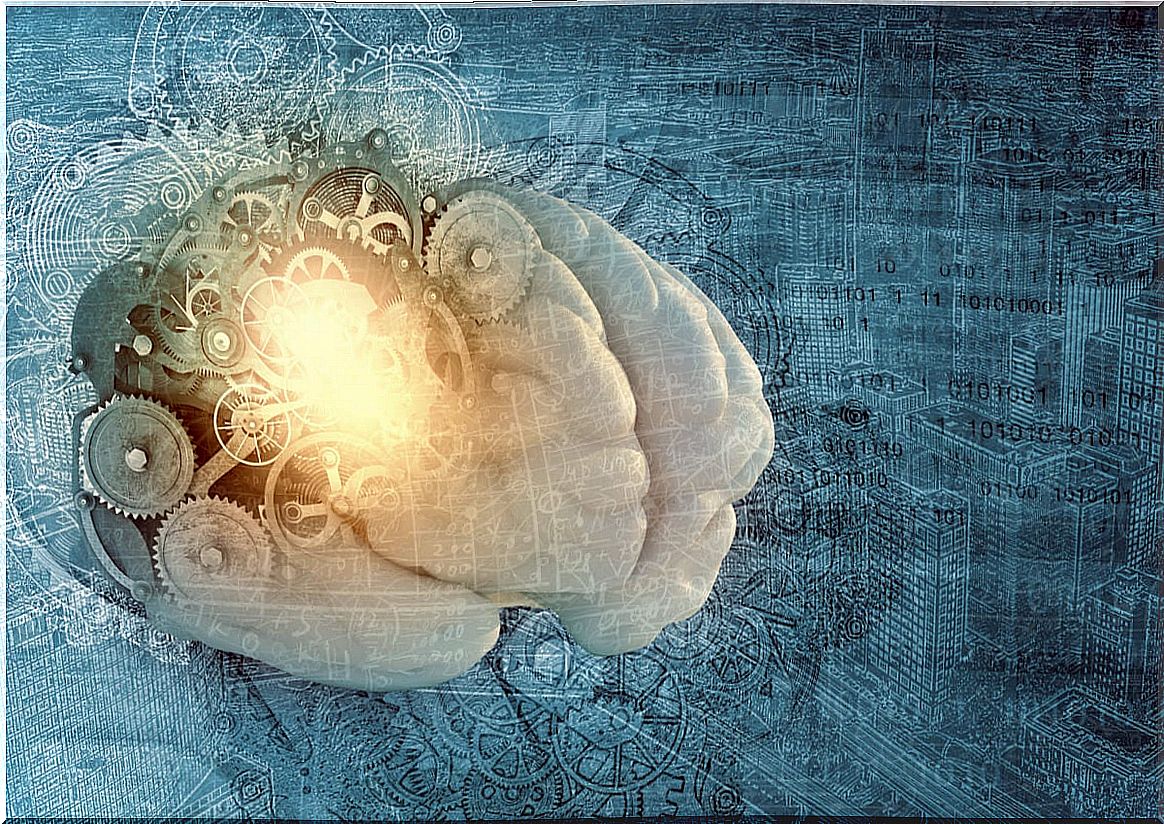
What are pseudo-perceptions?
Elena is a cashier at a supermarket and experiences multiple pseudo-perceptions every day. Every time the megaphone sounds for someone to come to the cashier to serve customers, she thinks she has been called. The fact that he undergoes this experience does not mean that he has any psychological problems or any auditory hallucination. It’s just a result of everyday pressure and stress.
We could therefore define pseudoperceptions as mental abnormalities or errors in the brain’s perception process. They are situations in which the mind conjures up images or even sounds that do not really exist. It is important to emphasize that these are very common experiences and that on average, they do not fall within the pathological (such as the hallucination that a patient with schizophrenia may experience).
Dr. Humberto Maturana, the famous Chilean biologist, used to say that the brain is constantly interpreting reality to make sense of everything. Sometimes, it is normal to make mistakes and errors in the way you process each stimulus or situation. This causes that throughout our lives we experience different types of pseudoperceptions and although they disconcert us, many of them are completely normal.
How many types of errors in perception can the brain suffer?
We spoke at the beginning of the pareidolias. This is perhaps one of the most common pseudo-perceptions. Attributing a human face to a stone is very common. Looking at the craters on the Moon and believing that we see a face printed on it is another quite recurring phenomenon. Science has studied this phenomenon and offers us a simple explanation about it.
Research works such as those carried out at the University of Sydney (Australia) affirm that animals also experience pseudoperceptions. For example, Rhesus monkeys suffer from pareidolias like us. And this effect is nothing more than a natural tendency of the brain to look for “faces” wherever the gaze is placed.
The mind will always detect a face before an inanimate object and sometimes errors in perception appear, both in humans and primates. However, it is common to suffer other types of pseudoperceptions. They are as follows:
The phenomenon of consecutive images
Let’s imagine that we are looking at a book with photos of birds. We turn the pages one after another and suddenly, our mobile rings. When we pick it up, we think we suddenly see a bird passing before us. Is it really there? Obviously not, it is just a false perception and an error of our brain.
The phenomenon of consecutive images arises after being exposed to a series of specific stimuli in a sustained way over time.
The experience of parasitic images
The experience of parasitic images arises as a result of physical and mental exhaustion. Let’s imagine we’ve been at an airport all day waiting for our late flight. Later, when night falls and we go to bed, when we close our eyes, the image of that airport may suddenly come to mind.
Pseudoperceptions: mnemic images
To speak of memory images is to delve into the way in which the brain builds its memories. In this case, a common phenomenon is to completely transform the image of a memory – for example, that appointment we had a year ago with a specific person – and not know if what we remember was really like that or it has been distorted by our mind.
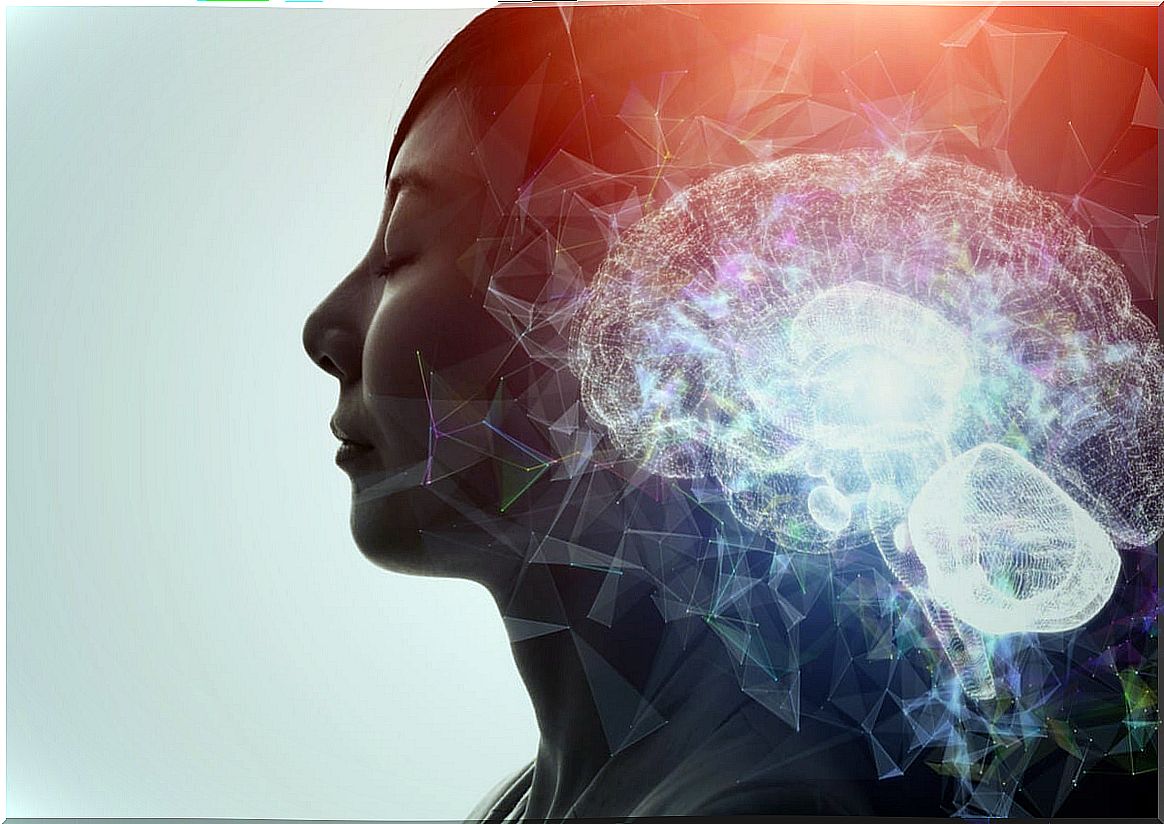
Hypnagogic Perceptions
One of the most common types of pseudoperceptions is hypnagogic. These are very vivid perceptual experiences that appear right between wakefulness and sleep. These phenomena can interrupt rest and make us wake up suddenly when suffering a visual, tactile and auditory phenomenon of great impact.
Now, the most complex thing about this experience is that it usually appears in parasomnias such as sleep paralysis. The person perceives this hallucination and is unable to react, experiencing it as something very disturbing.
To conclude, as we can see, all these realities do not cease to be specific events that most of us have experienced at some time and to which we do not know how to give an explanation. Pseudoperceptions are yet another example of the complexity of the human brain and of those small failures in perception that can be experienced occasionally.


